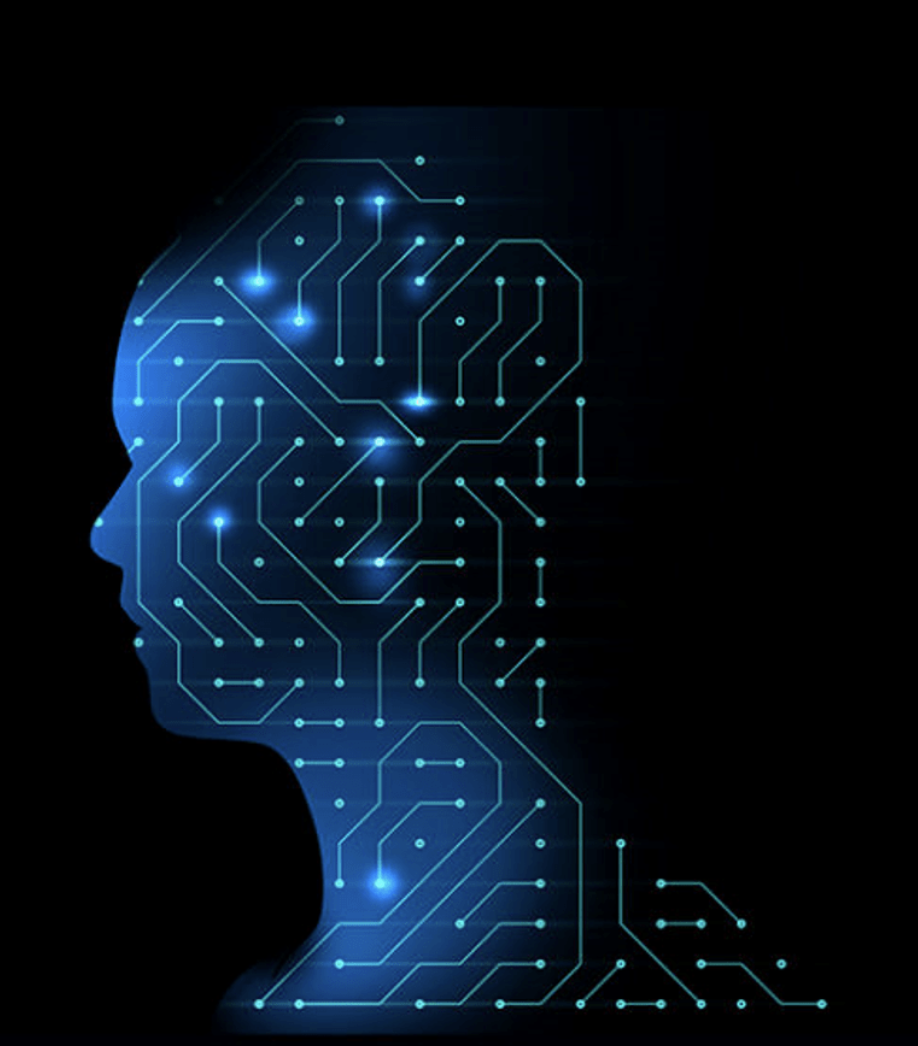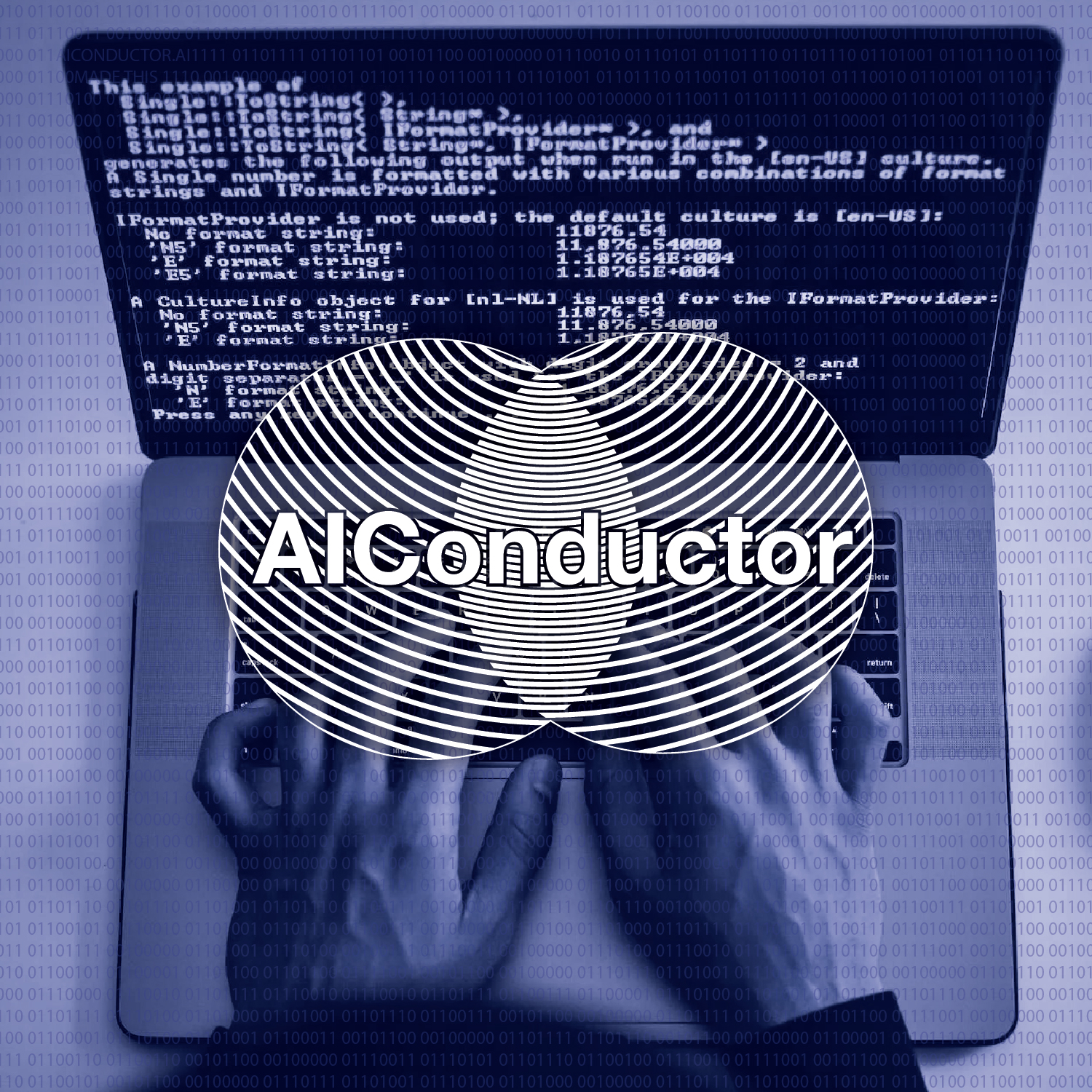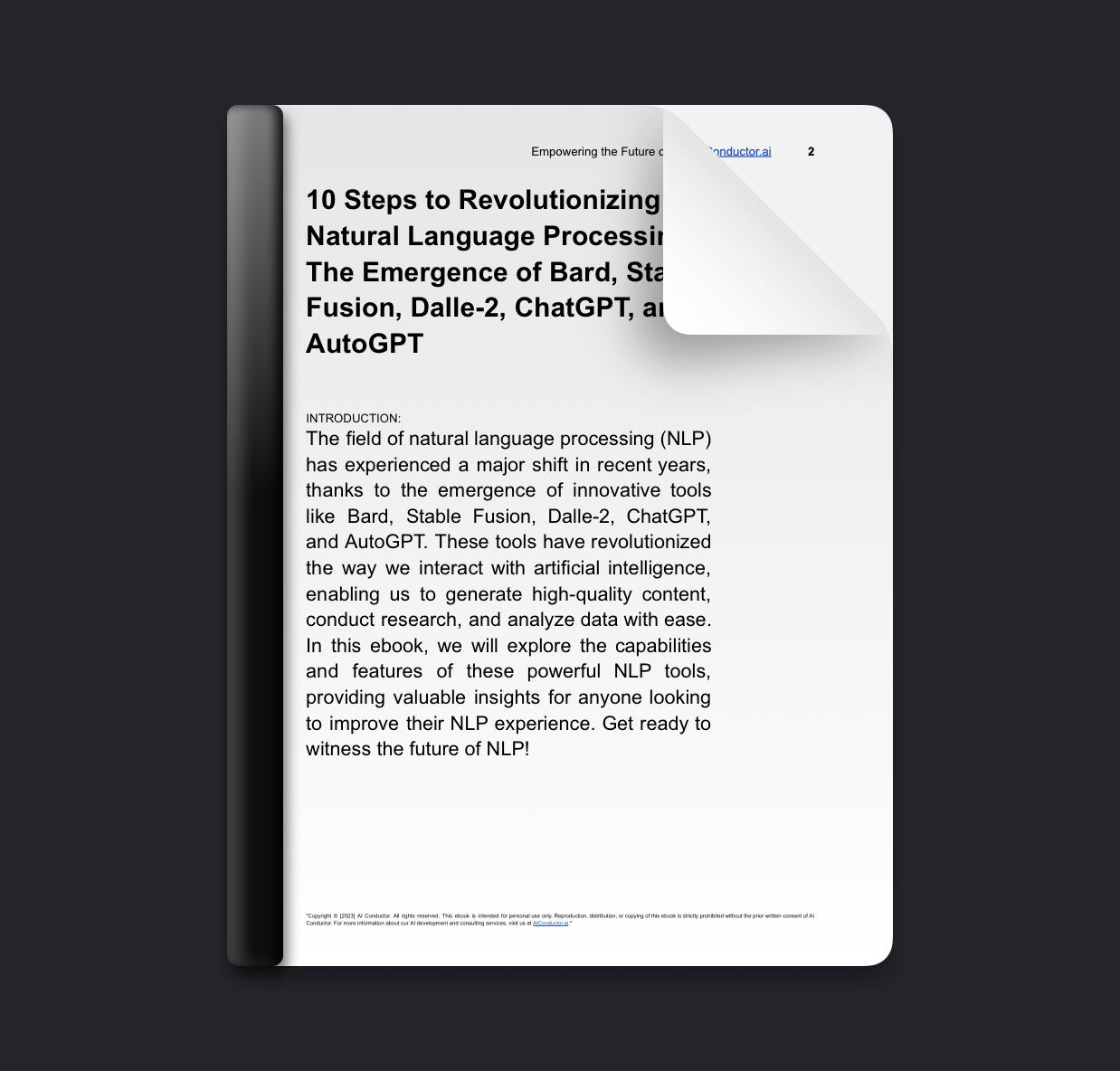We asked:
What will be the consequences of relying too heavily on AI technology to solve complex societal problems?
The Gist:
This article examines the “AI doomers” playbook, which is a set of tactics used by those who fear the potential implications of artificial intelligence (AI). The article looks at the history of AI doomers and their attempts to derail the development of AI, as well as their current strategies. The author argues that the doomers’ tactics are largely ineffective, and that AI offers great potential for humanity. The article looks at the various tactics used by AI doomers, such as fearmongering, arguing for a “slower” approach to AI development, and using “moral” arguments against AI. The author also examines the potential implications of AI, and argues that the doomers’ tactics are not only ineffective, but also dangerous. The article concludes that the potential of AI should be embraced, and that doomers should be met with reasoned arguments and evidence-based solutions

Can Artificial Intelligence Bring About the End of Humanity as We Know It?
Decoded:
Doom scenarios abound in the world of artificial intelligence (AI). Doomsday scenarios, such as artificial general intelligence (AGI) run amok, are, if not the mainstay, then certainly a pervasive specter lurking around AI’s development. But it’s important to recognize that the AGI doomer playbook is, at the end of the day, quite limited in the power it holds.
At its core, the AI doomer playbook is a series of logical fallacies ranging from ill-defined terms and fear-mongering to straw man arguments and misdirection. It also often relies on argument from ignorance (the absence of evidence is not evidence of absence). It tends to be pushed by those either motivated by fear or financial gain.
By predicting the worst-case scenarios, AI doomers attempt to discover data points which could be interpreted as the beginnings of a scenario in which the AGI might take over the world. But such illogical arguments do nothing to further the conversation around AI progress and its potential place in the world.
So let’s be clear—while AI has the potential to cause some considerable disruption, these doomsday scenarios are usually overblown and generalized well beyond any reasonable grasp on reality. As of now, AI technology is more likely to be used for mundane commercial applications like organization and automated customer service than to become an evil, autonomous being.
That’s not to say we shouldn’t be cautious about AI’s development, or that it should go unregulated. Responsible usage means doing a better job of predicting what could go wrong, and a better job of setting limits on how AI systems can be used. Human oversight over automated systems is essential—we need to make sure an AI has a ‘failsafe’ in cases where it’s tasks become dangerous or unethical.
At the end of the day, AI is a tool—just like any other technology—with potential applications across a wide range of fields. The AI doomers playbook should be recognized for what it is—an unscientific hodge-podge of fear-mongering, logical fallacy, and speculative fallacy—rather than a reliable source of information. Those of us concerned about the potential dangers of AI should instead devote our energy to doing the actual work of AI safety research or policy development.
In summary, It’s important to recognize that the AGI doomer playbook is, at the end of the day, quite limited in the power it holds. When confronted with AI doomers’ illogical arguments, one must look at AI’s potential applications objectively, and neither dismiss nor embolden the scaremongering approach. AI is a tool like any other, and in order to make sure it is used safely, we need to be responsible and objective when considering the data and come up with regulations and safeguards to make sure our AI technology remains beneficial and ethical.
At its core, the AI doomer playbook is a series of logical fallacies ranging from ill-defined terms and fear-mongering to straw man arguments and misdirection. It also often relies on argument from ignorance (the absence of evidence is not evidence of absence). It tends to be pushed by those either motivated by fear or financial gain.
By predicting the worst-case scenarios, AI doomers attempt to discover data points which could be interpreted as the beginnings of a scenario in which the AGI might take over the world. But such illogical arguments do nothing to further the conversation around AI progress and its potential place in the world.
So let’s be clear—while AI has the potential to cause some considerable disruption, these doomsday scenarios are usually overblown and generalized well beyond any reasonable grasp on reality. As of now, AI technology is more likely to be used for mundane commercial applications like organization and automated customer service than to become an evil, autonomous being.
That’s not to say we shouldn’t be cautious about AI’s development, or that it should go unregulated. Responsible usage means doing a better job of predicting what could go wrong, and a better job of setting limits on how AI systems can be used. Human oversight over automated systems is essential—we need to make sure an AI has a ‘failsafe’ in cases where it’s tasks become dangerous or unethical.
At the end of the day, AI is a tool—just like any other technology—with potential applications across a wide range of fields. The AI doomers playbook should be recognized for what it is—an unscientific hodge-podge of fear-mongering, logical fallacy, and speculative fallacy—rather than a reliable source of information. Those of us concerned about the potential dangers of AI should instead devote our energy to doing the actual work of AI safety research or policy development.
In summary, It’s important to recognize that the AGI doomer playbook is, at the end of the day, quite limited in the power it holds. When confronted with AI doomers’ illogical arguments, one must look at AI’s potential applications objectively, and neither dismiss nor embolden the scaremongering approach. AI is a tool like any other, and in order to make sure it is used safely, we need to be responsible and objective when considering the data and come up with regulations and safeguards to make sure our AI technology remains beneficial and ethical.

Essential Insights:
Three-Word Highlights
AI, Doom, Automation
Winners & Losers:
Pros:
1. AI Doomers can help us identify potential risks associated with the development of AI, allowing us to be better prepared for any potential disasters.
2. AI Doomers can help us think more critically about the implications of AI, and how it can be used responsibly.
3. AI Doomers can help us understand the potential ethical implications of AI, and how it can be used to benefit people and society.
Cons:
1. AI Doomers may be overly pessimistic, and may be too quick to dismiss potential benefits of AI.
2. AI Doomers may be too focused on the potential risks of AI, and may overlook potential benefits.
3. AI Doomers may be too focused on hypothetical scenarios, and may not be able to accurately predict the future of AI.
Bottom Line:
The bottom line is that while AI can be a powerful tool, it is important to remember that it is only as powerful as the people who create it. We need to be aware of potential pitfalls and be mindful of how AI can be used in the wrong ways. AI can bring great benefits, but it is up to us to make sure it is used responsibly.
Ref.





